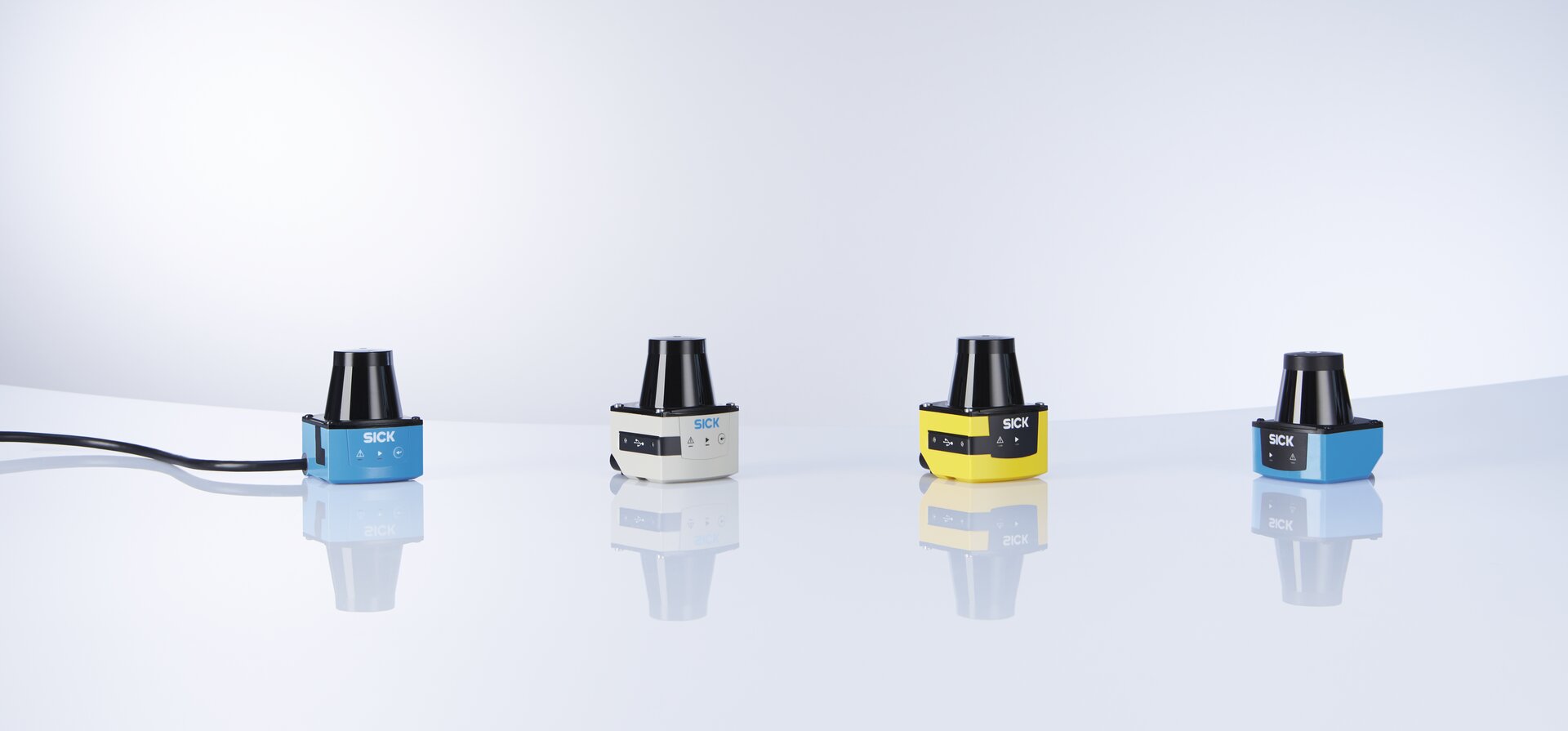The TiM LiDAR series team at SICK AG reacts to the robotics boom
Greater automation is not only evident in production and manufacturing environments, but also in everyday life. Service robots are already taking on many tasks in hospitals, cruise ships, hardware stores, airports, and hotels. Robots are booming in the industrial sector and now for private use.
In banks and other businesses, service robots can distribute flyers, entertain those waiting in lines or lobbies, and provide information to potential customers. Robots in the travel industry take on some of the tasks of the personnel, providing relief to human workers.
Since spring 2016, a Rostock-based shipping company has been using a humanoid called Pepper on its cruise liners. Pepper helps guests check in, offers orientation on board, and provides tips on events and excursions in German, English, and Italian.
Kurt, another robot, is friendly, clever, communicative, and helps with household chores. Kurt understands people in its surroundings and can support them in their everyday life. This intelligent service and cleaning robot is currently being developed at the Ravensburg-Weingarten University of Applied Sciences.
Collaboration between humans and robots is enabled by sensor solutions such as the 2D LiDAR sensors of the TiM series. With the help of the TiMs, service and security robots detect every detail of their surroundings, dynamically adapting to changing conditions in order to interact with people and react to unknown situations – similar to a human. The TiM team at SICK’s headquarters in Germany keeps an eye on market changes.
“The rapidly changing market in mobile platforms and robots requires continuous further development of the portfolio of 2D LiDAR sensors,” said Tiberius Pischke, Product Manager for 2D & 3D LIDAR sensors. “With the introduction of the product families TiM3xx (for field evaluation) and TiM5xx (for measurement data), SICK has successfully proved its leading role in the area of 2D LiDAR sensors.”
In recent years, demand has also risen for a sensor that offers both field evaluation and the output of measurement data, which is met with the new Tim7xx. The main feature of this sensor is the simultaneous use of the measurement values for localization tasks and the field evaluation for collision prevention. The smallest safety-oriented sensors of the TiM-S series is another new development.
“With the two safety-oriented 2D LiDAR sensors, TiM361S and TiM781S, we can now adequately serve new mobile and stationary robot applications in accordance with current standards. The main focus here is on the rapidly changing market of service robotics,” said Christoph Hirt, Product Manager Safety Distance & LiDAR.
Sensor fusion and multi-sensor systems
The topic of sensor fusion will play a decisive role in future – particularly regarding outdoor automation and smart manufacturing applications – to ensure the constant high availability of mobile machines under difficult environmental conditions. TiM sensors are real team players in the fusion with 3D cameras, 3D LiDAR, ultrasonic, or distance sensors. The various sensors generate significant added value for customers through intelligent evaluation of the individual measurement data.
The TiM’s compact design makes it the ideal companion for mobile applications. The number and scope of tasks that it can take on are constantly increasing and the TiM team is already working on further developments.
Want to learn more about innovations around LiDAR and the TiM series of LiDAR?






